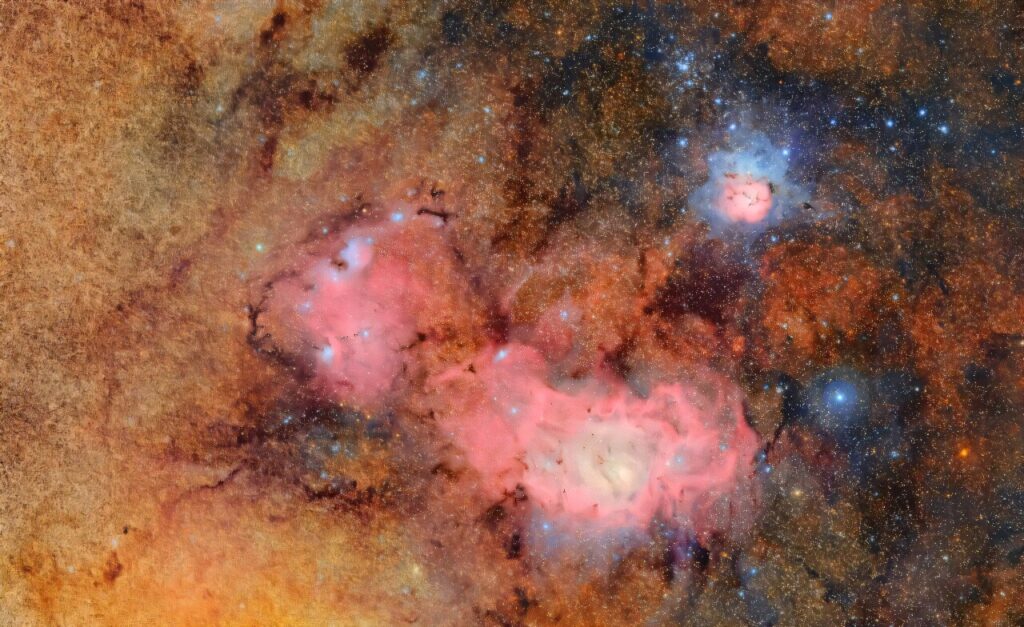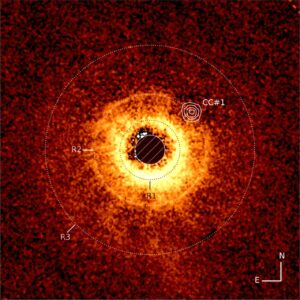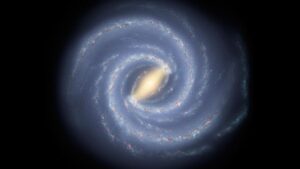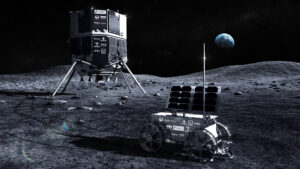
SANTIAGO, CHILE – The Vera Rubin Observatory has released its first images, revealing breathtaking views of cosmic marvels and distant galaxies.
Breaking: Unprecedented Cosmic Views
The long-awaited Vera Rubin Observatory in Chile has published its inaugural images, showcasing stellar nurseries within our Milky Way in unprecedented detail. The observatory’s team shared these stunning visuals on Monday, highlighting the Trifid Nebula and the Lagoon Nebula, both located several thousand light-years from Earth.
Perched atop Cerro Pachon in central Chile, the US-funded telescope benefits from the region’s dark skies and dry air, offering ideal conditions for astronomical observations. One of the debut images is a composite of 678 exposures taken over seven hours, capturing the nebulae in vivid pinks against orange-red backdrops.
Credit: NSF-DOE Vera C. Rubin Observatory
Immediate Impact
The release of these images marks a significant milestone for the observatory, which has been over two decades in the making. The observatory’s advanced 8.4-meter telescope and the largest digital camera ever built are supported by a powerful data-processing system, setting the stage for groundbreaking discoveries.
Another image offers a sweeping view of the Virgo Cluster of galaxies, while a video dubbed the “cosmic treasure chest” begins with a close-up of two galaxies before zooming out to reveal approximately 10 million more.
Key Details Emerge
Michael Kratsios, director of the White House Office of Science and Technology Policy, stated, “The Rubin Observatory is an investment in our future, which will lay down a cornerstone of knowledge today on which our children will proudly build tomorrow.”
The observatory is poised to begin its flagship project, the Legacy Survey of Space and Time (LSST), later this year. Over the next decade, it will scan the night sky nightly, capturing even the subtlest visible changes with unmatched precision.
By the Numbers
- More than two decades in development
- Composite image of 678 exposures
- 10 million galaxies revealed in a single video
Background Context
Named after pioneering American astronomer Vera C. Rubin, the observatory honors her contributions to our understanding of dark matter. Rubin’s research provided the first conclusive evidence for the existence of this mysterious substance, which does not emit light but exerts gravitational influence on galaxies.
Dark energy, another cosmic enigma, is believed to be driving the accelerating expansion of the universe. Together, dark matter and dark energy are thought to make up 95% of the cosmos, yet their true nature remains unknown.
Aerial view of the Vera C. Rubin Observatory under construction in January 2024.
Expert Analysis
The observatory, a joint initiative of the US National Science Foundation and Department of Energy, is hailed as one of the most powerful tools ever built for tracking asteroids. In just 10 hours of observations, the Rubin Observatory discovered 2,104 previously undetected asteroids in our solar system, including seven near-Earth objects—all of which pose no threat.
For comparison, all other ground- and space-based observatories combined discover about 20,000 new asteroids per year. Rubin is also set to be the most effective observatory at spotting interstellar objects passing through the solar system.
What Comes Next
More images from the observatory are expected to be released later Monday morning, continuing to captivate the scientific community and the public alike. As the observatory gears up for its landmark survey, it promises to deepen our understanding of the universe and inspire future generations of astronomers.
The announcement comes as the global scientific community eagerly anticipates the observatory’s contributions to our understanding of the cosmos. With its cutting-edge technology and ambitious mission, the Vera Rubin Observatory is poised to transform our view of the universe.
© 2025 AFP





